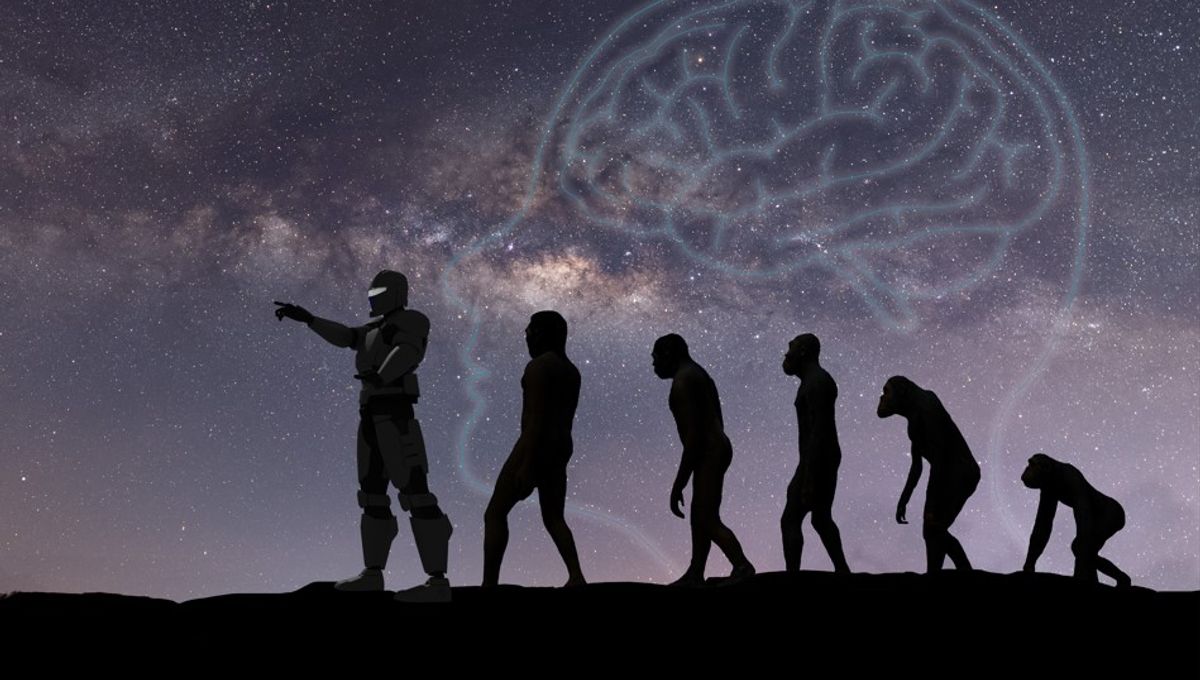
We Homo sapiens possess surprisingly few functional genes that distinguish us from extinct human lineages such as Neanderthals and Denisovans, according to the authors of an unpublished study. Based on this finding, the researchers conclude that we are actually the same species as these ancient hominids, albeit an abnormally intelligent, weird-looking population of people within this common bloodline.
Ever since the discovery of the first Neanderthal skeletons in the mid-19th century, anthropologists have been arguing over whether these stocky creatures were members of our own species. The more recent addition of the Denisovans to the human family tree has further complicated matters, which is why the authors of the new study – which is yet to undergo peer review – sought to reconstruct our genetic history.
“With this work, we set out to exploit crucial events during the past 1 million years of our evolution to identify human-specific genomic loci, to ultimately shed light on the long-lasting question of what makes us human,” they write. The first such event took place 900,000 years ago, when a “population bottleneck” is theorized to have occurred, leading to suggestions that humanity may have almost become extinct.
Though the causes of this disputed crash are unclear, the researchers say it may have coincided with two significant “genomic rearrangement” events. More specifically, the fusion of two ancestral chromosomes to form human chromosome 2, and the shifting of a genomic region called pseudo-autosomal region 2 (PAR2) from the X to the Y chromosome, appear to have occurred in a human ancestor lineage at this time.
The researchers speculate that this genetic reshuffling may have presented “reproductive barriers” by leading to the emergence of a new human species that could not breed with other pre-existing hominids. By confirming that the Denisovans and Neanderthals both share these same chromosomal rearrangements, the study authors conclude that this vital speciation event occurred before Homo sapiens split from these related lineages some 650,000 years ago, thus placing us all within the same species.
“If we are searching for an instant that defined the human lineage we can state that the events that made all of us humans are represented by the chromosome 2 fusion and PAR2 translocation, and such events can be ascribed to the period that precedes 650 [thousand years ago], which unites the ancestors of all Modern, Neanderthal and Denisova within the same Homo sapiens species,” they write.
There are no absolutes in deciding whether to categorise us and Neanderthals as different species – the authors are entitled to their view. However, as a palaeontologist I respectfully disagree.
Professor Chris Stringer
Skipping ahead a few hundred millennia, the researchers then looked for human genes that have appeared within the last 650,000 years, when this split from a common ancestor occurred. In total, they identified functional variants in just 56 genes, 24 of which are linked to brain function and skull shape.
Strangely, only two of these were then passed onto Neanderthals when small pioneering groups of ancient African humans first mated with these hominids in Eurasia around 350,000 years ago. This suggests that many of the uniquely Homo sapiens genes were not beneficial to Neanderthals living outside of Africa, meaning there was no selective pressure for their continued inclusion in the Neanderthal genome.
Expanding on this finding, the researchers write that “the emerging scenario is one where the human-derived functional variants accumulated in the past 650 [thousand years] involved in higher brain functions were in all likelihood strictly linked to the ecological niche humans occupied in Africa.” In other words, Homo sapiens, Neanderthals, and Denisovans may all have been separate populations of one species, each carrying certain genetic mutations that helped them survive in their respective environments.
Reacting to the new study, Professor Chris Stringer, Research Leader at the Natural History Museum – who was not involved in the research – told IFLScience via email that “this is interesting work and of course there are no absolutes in deciding whether to categorise us and Neanderthals as different species – the authors are entitled to their view. However, as a palaeontologist I respectfully disagree, because the morphological distance between the two groups in skeletal features is at the level at which other palaeontologists demarcate species of monkeys or apes.”
Not expecting their assertions to go unchallenged, the study authors are careful to point out that much of their work is speculative. Nonetheless, they conclude that “our results point to a scenario where Modern and Archaic should be regarded as populations of an otherwise common human species, which independently accumulated mutations and cultural innovations.”
A preprint of the study can be found on bioRxiv.
Source Link: What Makes Us Human? Researchers Claim We’re Same Species As Neanderthals And Denisovans